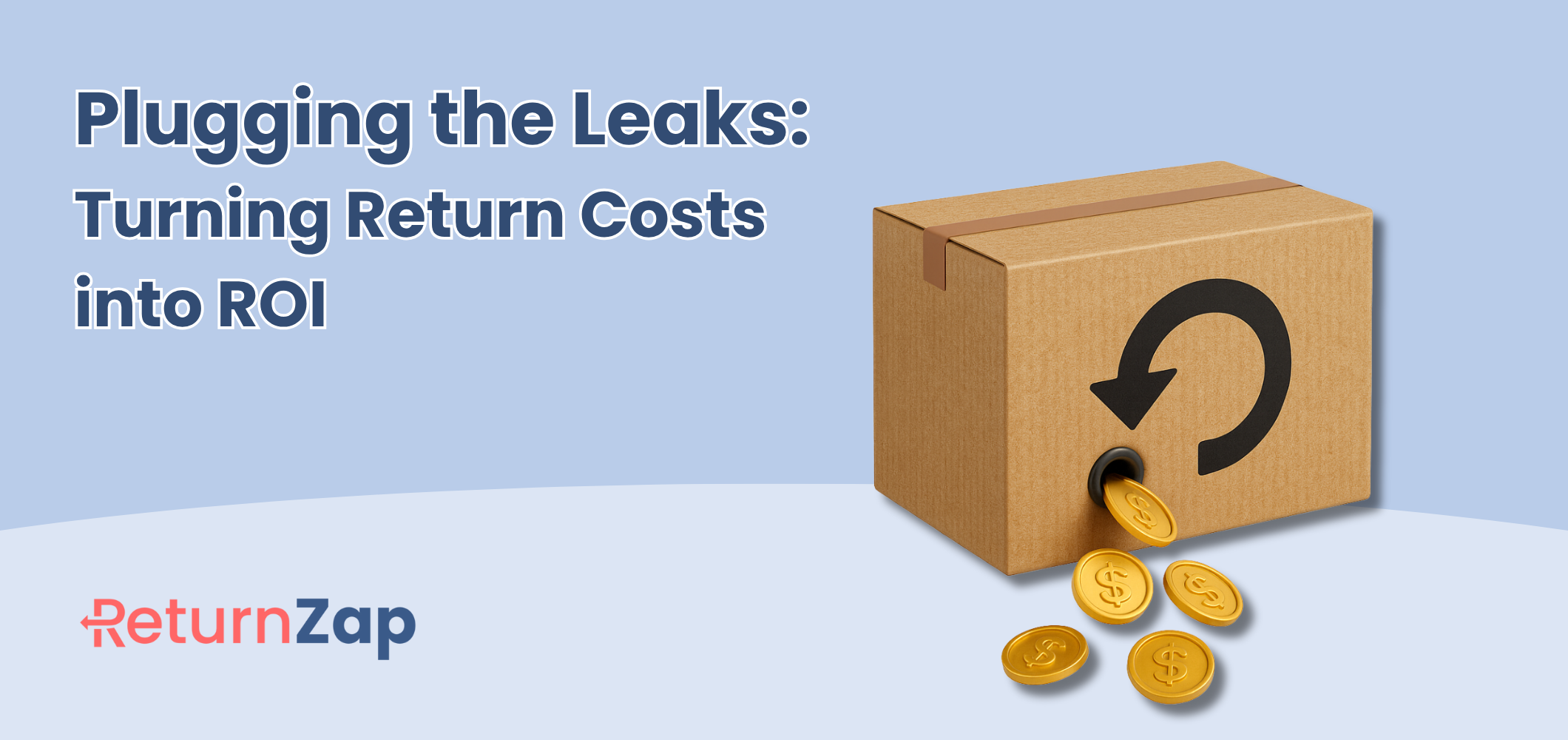Shopify returns causing inaccurate sales reporting? Here's how to fix it.

Overview of the Returns Reporting Problem
Shopify merchants often run into issues with how the platform handles returns - issues which can have a significant impact on their business operations. Shopify categorizes all returns, including those that have not been refunded, as refunds regardless of whether the customer has received their money back yet.
This leads to artificially lowered sales figures for returns that are in progress but not yet refunded. It also creates ongoing 'refund owed' balances on orders, even for returns that may never be processed or completed.
The issue is particularly problematic for businesses with high return rates or those offering exchanges and store credits, as it complicates reconciliation processes and can lead to misrepresentation of actual sales performance.
This article outlines the issue, describes common problems faced by Shopify merchants when managing self-serve Shopify returns, and explains how ReturnZap can resolve the impact on reporting.
The Shopify Returns Process
When a customer initiates a return, either through Shopify self-serve returns or through a third party returns management app like ReturnZap, Shopify automatically takes several actions:
- The system marks the customer's order as "return in progress"
- A "refund owed" amount appears on the order page, unless an offsetting exchange line item has been added to the order
- Shopify deducts the expected refund from sales reporting immediately
This process leads to several complications:
- Sales Reporting Discrepancies: Sales figures may appear lower than actual due to immediate deduction of potential refunds.
- Persistent Refund Balances: "Refund owed" amounts remain on orders until items are refunded or manually removed, even if returns are never received or processed.
- Exchange and Store Credit Inconsistencies: Returns for exchanges or store credit can also generate "refund owed" balances, despite not resulting in actual refunds.
There are two primary negative impacts to Shopify merchants:
- Timing - Deducting returns from sales at the time they are submitted, instead of at the time they are processed, is often unexpected and makes accurate sales reporting difficult
- Non-returned items - Upwards of 20% of returns which are initiated are never sent back. Unless the items are manually removed from Shopify, the refund owed balance will display in perpetuity.
How ReturnZap Solves the Issue of Non-returned items
ReturnZap has solved this problem by automatically expiring unprocessed return line items, addressing one of the major Shopify return challenges. Here's how it works:
- Customizable Expiration Period: ReturnZap allows merchants to set a time frame (default is 30 days). After this period, unprocessed returns are automatically expired and removed from Shopify.
- Intelligent Resolution: The system only expires items that haven't been resolved through ReturnZap's refund, store credit, exchange, or manual resolution processes.
- Seamless Shopify Integration: Expired items are automatically removed from Shopify while remaining in ReturnZap for record-keeping.
- Easy Configuration: Merchants can easily set up this feature in ReturnZap with "set it and forget it" logic
Benefits of ReturnZap's Automated Return Expiration
Implementing ReturnZap's automated return expiration offers several key advantages:
- Accurate Shopify Reporting: Sales reports in Shopify more closely reflect actual sales, without being skewed by unprocessed returns.
- Clean Order Pages: Elimination of lingering "refund owed" balances on orders where returns were never completed.
- Simplified Reconciliation: Easier management of exchanges and store credits without confusing refund balances in Shopify.
- Time Savings: Reduces the need for manual removal of unprocessed returns, freeing up time for other business activities.
ReturnZap's auto-expiration capability, combined with ReturnZap's other industry leading features, makes it a best-choice tool for Shopify sellers looking to automate their returns process and boost the bottom line by offering exchanges and store credit over refunds.
Conclusion
The recent changes in Shopify's return handling process have created challenges for merchants in terms of accurate reporting and efficient order management. ReturnZap's unique automated return expiration feature offers a practical solution to these issues, helping Shopify merchants maintain precise sales data and streamline their return process.
By leveraging this functionality along with ReturnZap's other Shopify return automation features, businesses can ensure their return policies and management processes align with their needs while providing a positive customer experience.
Start Your Free ReturnZap Trial Today
Join hundreds of other Shopify merchants successfully managing their returns with ReturnZap




